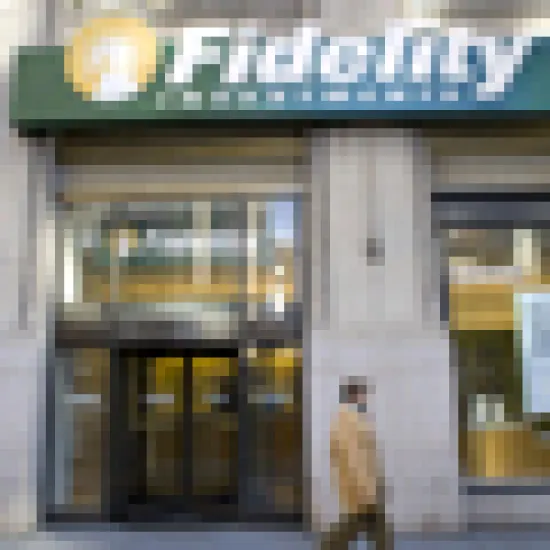Everyone knows that large-cap U.S. equities have historically been the most popular type of 401(k) fund – right?
That’s no longer true; ever since the advent of automatic enrollment in 401(k) plans, balanced funds and target-date funds have been the default choice for diversification.
But with the economic recession, isn’t everyone turning to index funds?
Well, the answer is now in: According to a report published this month by research firm BrightScope, which has been analyzing and ranking 401(k) funds since January 2009, the ten 401(k) funds with the most assets are, in descending order:
• American Funds Growth Fund of America
• PIMCO Total Return
• American Funds EuroPacific Growth
• SSgA S&P 500 Index
• Vanguard 500 Index
• Fidelity Contrafund
• Fidelity Diversified International
• Vanguard Institutional Index
• Fidelity Spartan 500 Index
• Dodge & Cox stock
(BrightScope won’t reveal the actual asset in each fund, in part because that figure changes so frequently, but it claims to include 90 percent of the 401(k) marketplace.)
The first thing most experts notice is the preponderance of big brand names, especially bundled providers. Fidelity Investments and Vanguard Group, the two largest 401(k) vendors, together account for half of the top ten. “Name recognition is a major component of asset-gathering within the mutual fund world,” says Gino Reina, a senior vice president at the New York-based investment consulting firm Segal Advisors.
To Robyn Credico, a senior retirement consultant at the consulting firm Towers Watson, this shows that record keepers like Fidelity and Vanguard “are still able to drive a lot of the fund selection when they set up plans.”
But Mike Alfred, a co-founder and chief executive of BrightScope, sees exactly the opposite message. The fact that firms like American Funds, PIMCO and Dodge Cox – which don’t do recordkeeping – take up so many slots “demonstrates that open architecture has worked over time,” he says. “If bundled providers really dominated, you’d expect Fidelity and Vanguard to dominate the top five, and they don’t.” Of course, he concedes, another explanation may simply be that the giants offer so many 401(k) funds that they essentially are competing with themselves for a spot in the rankings.
The other big trend is the popularity of index funds, which constitute four of the list. “Ten years ago, we don’t think you’d see a single index fund, or maybe one,” Alfred says. “There’s a lot more apathy toward active management when people aren’t making money.” He and other experts also cite index funds’ lower fees.
Alfred similarly finds it remarkable that a bond fund is Number Two. Still, if fixed income is going to rank so high, he and others say, it would clearly be a PIMCO offering. “Ninety percent of our clients have PIMCO,” Reina says. “And it has performed significantly well in the past five to ten years.”
For that matter, Reina says he can’t really take issue with any of the names on the roster. “The funds that are mentioned here we would consider higher-quality funds with good management and a long track record.”
Alfred, however, isn’t so sanguine. He thinks at least one more international choice should have made the list – in particular, an emerging markets fund.
Well, that may still happen. Alfred says that BrightScope will be regularly updating and slicing and dicing the rankings.
“Now is the time to create more transparency,” he says.
Fran Hawthorne is the author of the award-winning “Pension Dumping: The Reasons, the Wreckage, the Stakes for Wall Street” (Bloomberg Press) and “Inside the FDA: The Business and Politics behind the Drugs We Take and the Food We Eat” (John Wiley & Sons). She writes regularly about finance, health care, and business ethics.






